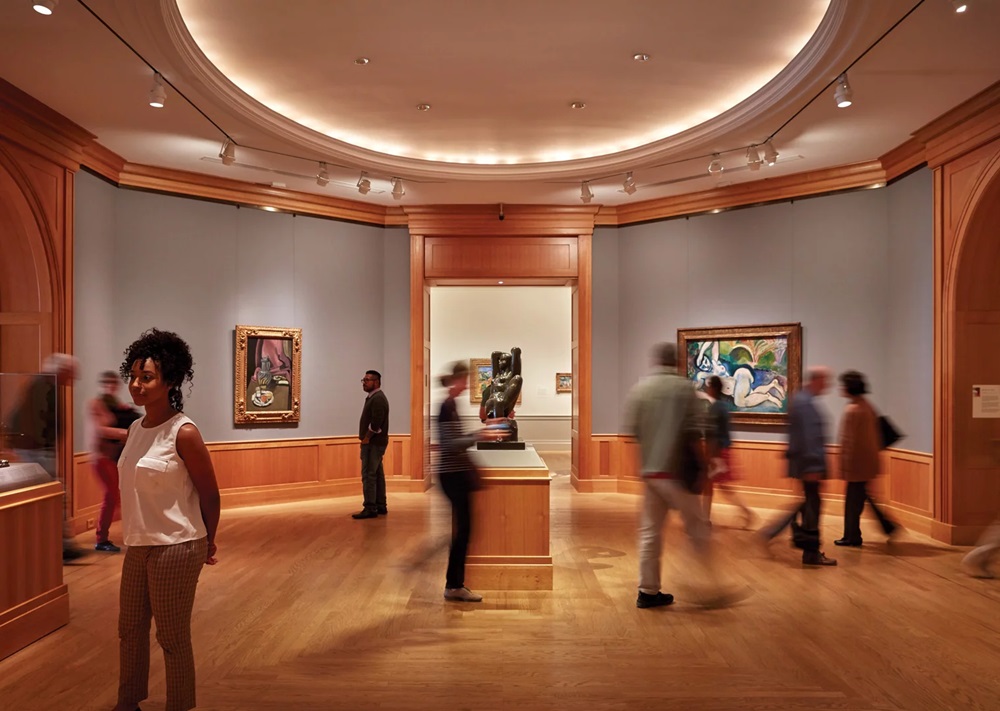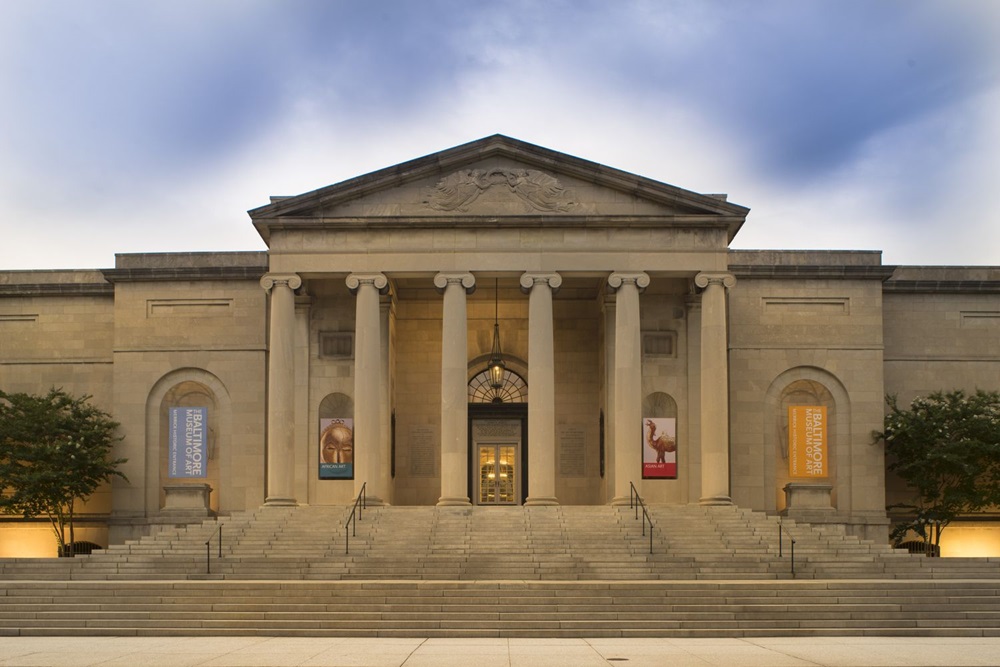The Baltimore Museum of Art (BMA) symbolises artistic expression and community involvement in Baltimore’s thriving cultural scene. This organisation has held about 95,000 pieces of art from various ages and continents since its founding in 1914. However, it has also served as a centre for innovation, education, and the celebration of creativity. With its spectacular architecture, thought-provoking displays, and steadfast dedication to accessibility, the British Museum never fails to uplift and enhance the lives of people all around the world.
The vast collection of modern, contemporary, and 19th-century art at the Baltimore Museum of Art (BMA) is well-known. The BMA is home to a fantastic collection of approximately 95,000 pieces of art, which includes the most extensive public collection of Henri Matisse’s works. It is especially well-known for the Cone Collection, created by the Cone sisters, Etta and Claribel, and includes works of art by Matisse, Picasso, Cézanne, and other artists.
The museum features an extensive collection of contemporary art, including pieces by well-known artists like Robert Rauschenberg, Andy Warhol, and Jasper Johns. The rich cultural diversity of Baltimore and beyond is enhanced by the wide range of exhibitions the BMA presents, exploring various themes and creative genres. It actively engages the community through partnerships, outreach programmes, and educational activities, making art accessible to multiple audiences.
History of the Baltimore Museum Of Art
Dr. A. R. Blakeslee, a philanthropist and art collector, presented a foundation collection to the BMA when it was founded in 1914. The museum was first housed in the Assembly Room of the former Baltimore City Hall. In 1929, it relocated to Art Museum Drive. The museum has dramatically increased the size of its collection over time. It is home to a fantastic collection of artwork, which includes pieces by well-known creators such as Matisse, Picasso, Cézanne, and Warhol. The architecture of the BMA building is noteworthy in and of itself. In the 1980s and 1990s, significant expansions and renovations improved its amenities and display areas.
The museum engages visitors of all ages with educational programmes, special exhibitions, and events, and it takes an active part in the Baltimore community. The BMA has drawn notice lately for tackling issues of representation in art and broadening the scope of its collection. The Baltimore Museum of Art is still a major centre of the city’s cultural life, renowned for its extensive collection and dedication to accessibility and arts education.
The Baltimore Museum of Art connects art to Baltimore and Baltimore to the world, embodying a commitment to artistic excellence and social equity in every decision from art presentation, interpretation, and collecting to the composition of our Board of Trustees, staff, and volunteers—creating a Museum welcoming to all.
The BMA has long focused on acquiring the art of the present moment while maintaining and deepening a historical collection made relevant through vigorous development and reinterpretation in all collecting areas. Through previous Museum leaders’ courageous and risk-taking vision, the BMA assembled and presented one of the most important collections of 18th-, 19th-and 20th-century art in the United States. These visionary actions established the fundamental character of this Museum.
Continuing this outstanding tradition, the BMA will create a just as captivating collection for the twenty-first century. Historical truth, merit, and equity will serve as the cornerstones of a new canon across our Museum, with socially conscious, avant-garde acquisitions, exhibitions, and programmes setting the standard locally and internationally. The BMA will live up to its commitment to excellence, fairness, relevance, and social justice by gathering, examining, presenting, and interpreting the rich and varied collection of the Museum and by paying attention to the needs of our audience. These obligations will guide every museum’s policies, practices, strategic choices, staffing, and volunteer composition. The Baltimore Museum of Art’s persistent aim to be the most relevant publically engaged institution is bold, brave, and essential.







